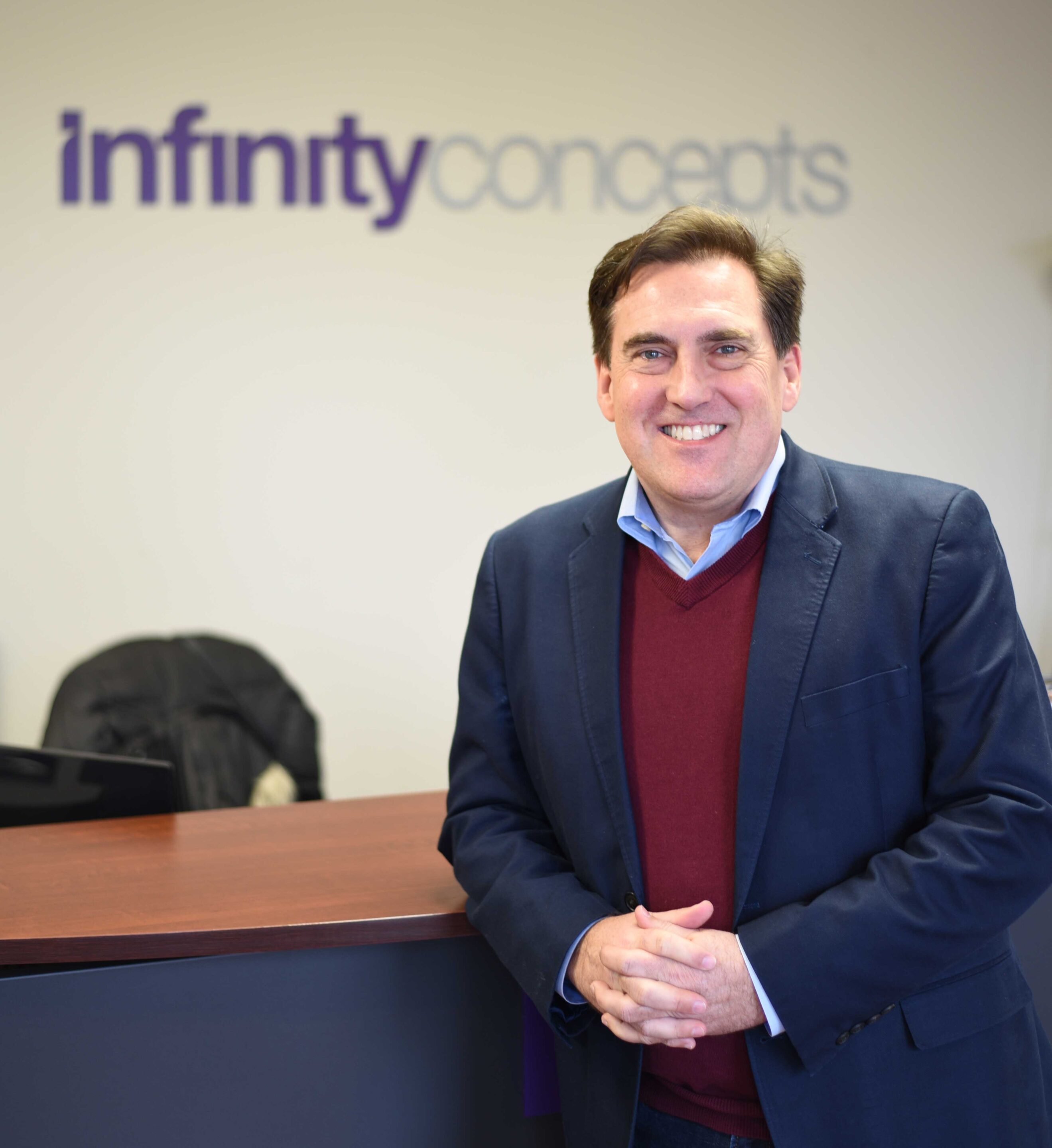Creativity, I’m convinced, is a blue-collar job.
I think this way because my grandfather worked in steel most of his adult life. He was a brilliant man and a keen observer of human behavior. He had an astounding work ethic and knew how to inspire his team to produce a flawless product. He also understood that anything worth creating took time and patience.
I have spent countless occasions sitting in bed at night with a pad and pen or my laptop, trying to work through a concept for a client. I’ve spent hours at coffee shops with notes and sketches scattered over the largest table I could find, waiting for the heavens to part…that iconic “aha!” moment that will be the solution to the problem.
I’ll pause for a moment while you nod your head vigorously in agreement (by the way, Panera Bread has made a fortune off of me).
As creative professionals, we already know the problem with waiting for these great moments of clarity…they rarely happen, if at all. They make for great drama in movies and television shows, but the reality is much less glamourous.
Creativity is hard work, and ideas are a dime a dozen. And if you’re working with a creative team, the stakes are even higher. Not only are you tasked with finding a solution to a client’s problem using a creative process, you must also know your own process while working with others’ unique processes of ideation.
So how can a muddled mess of minds come together and formulate workable solutions to real problems?
Let’s start with a fundamental understanding about human nature: self-awareness rarely comes naturally. It must be cultivated. You must take a bird’s eye view of your experiences, behaviors, and beliefs. Creativity is borne out of a lifetime of these experiences, and they’re different for each person. It is this self-awareness, paired with time, repetition, and a rigid work ethic that puts an individual on a directed path of problem solving.
Thinking about how you think and arrive at conclusions—or not arrive at them, as can be the case—must be at the mental foundation of every creative professional. Creatives can then begin the process of working quickly to create a swarm of different ideas. This is what I call the “idea factory”. Big-picture thinking is appropriate here. Not-so-great ideas are also welcome.
The next phase, smelting, is where I return to my grandfather’s decades-long career in steel. Anyone familiar with the steel industry knows that smelting is at the heart of steel-making. Smelting is a process of applying heat to ore in order to melt out a base metal. The final step of the smelting process is reduction—when the oxide finally becomes the elemental metal. It’s a rough description, but the metaphor is appropriate to creative problem solving.
The culling of ideas and combining and/or extracting the best ones into the best solution possible, takes time to refine and requires every team member to own what they bring to the process. The client’s problem is personal, which calls for a personalized solution.
This hard-nosed, blue-collar approach to finding solutions is what cultivates great thinkers and makes amazing teams.
Organizations frequently have great ideas but sometimes don’t know where to start, or even what works best for them.
Let Infinity Concepts help you make your ideas go from good to great!
- Discover Your True Colors in Two Easy Steps - December 11, 2020
- Discover Your True Voice - October 30, 2020
- 3 Things You May Not Know About Graphic Design - September 4, 2020

